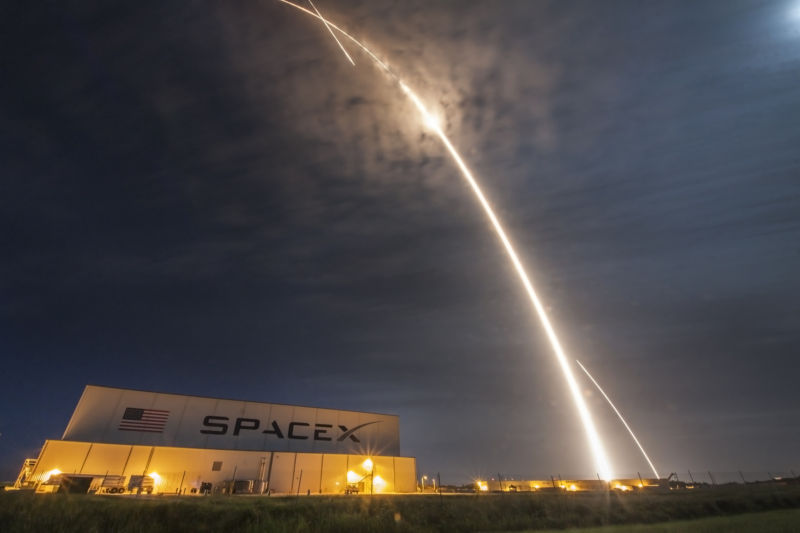Company still needs to find "exact" root cause, but ready to resume rocket tests.

Nearly two months after a September 1 accident on the launch pad, SpaceX says it is nearing the conclusion of its investigation. Although the company has yet to identify the "exact root cause" of the accident that occurred during a static fire test just prior to a planned launch of a communications satellite, the investigation has reached an "advanced state."
Shortly after the fiery incident, the company focused on a breach in the cryogenic helium system of the rocket's upper stage liquid oxygen tank. "Attention has continued to narrow to one of the three composite overwrapped pressure vessels (COPVs) inside the LOX tank," the company stated in an update released Friday afternoon. "Through extensive testing in Texas, SpaceX has shown that it can re-create a COPV failure entirely through helium loading conditions. These conditions are mainly affected by the temperature and pressure of the helium being loaded."
SpaceX intends to continue work to identify the precise cause of the accident and to improve its method of loading helium onto the rocket to prevent a repeat failure. The company also plans to resume testing Falcon 9 rocket stages at its facility in McGregor, Texas, soon. By taking this step in early November, SpaceX maintains that it is on track to resume flight operations of its Falcon 9 rocket before the end of 2016.
According to company founder Elon Musk, this accident has turned out to be "the most difficult and complex failure we have ever had in 14 years." This is because the failure occurred during a very short period of time, with just 93 milliseconds passing between the initial sign of an anomaly to a loss of data. The lack of a definitive root cause has prompted all sorts of wild theories, including a sniper from a competitor's facilities at Cape Canaveral. To date, those ideas have largely been debunked.
The fact that the cause of the September 1 failure was likely due to issues with handling helium, rather than a design issue with the rocket itself, may give the company and its customers confidence in resuming flight within just a few months of the accident. During the incident, SpaceX lost its entire Falcon 9 rocket as well as the AMOS-6 satellite payload, which was already affixed to the launch vehicle.